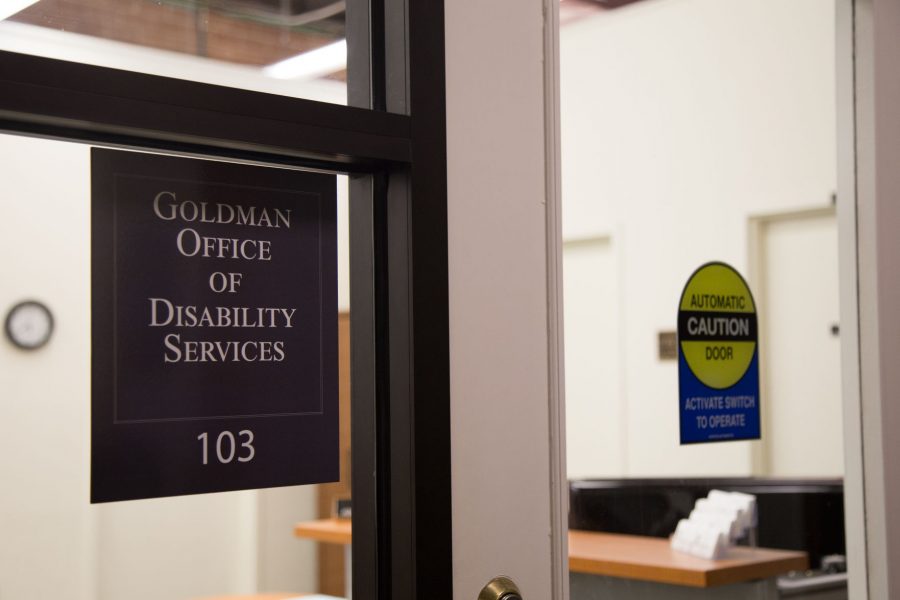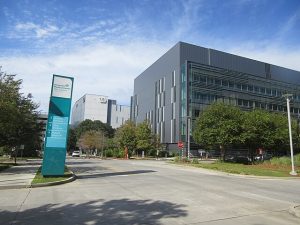Goldman Center makes inclusive structural changes
The Goldman Center for Student Accessibility formerly known as The Goldman Office of Disability Services offers resources and help to accommodate students and their needs. The office recently underwent several changes.
September 21, 2016
The Goldman Center for Student Accessibility has made various changes this semester, most obviously: its new name. The Goldman Center used to be called, in full, the Goldman Office of Disability Services, but has been modified to fit the center’s changing perspective and to help destigmatize “disability.”
This new name causes some conflict, given that the federal law that backs this program, the Americans with Disabilities Act, includes the word. However, it forwards its ideals of moving away from the medical and objective view on accessibility and towards the goal of adapting to more students.
“Now we have come to embrace more of a social model which… it’s less about accommodating the special needs of the few and more about creating an inclusive environment that accounts for the needs of all people,” Patrick Randolph, Goldman Center for Student Accessibility director, said.
The Goldman Center for Student Accessibility works to make academic and housing accommodations for students and faculty with various needs. One of the center’s more commonly used services is testing accommodations like allowing students to take an exam at the center with a modified amount of time.
To accommodate more students, the center extended the hours of the testing service. The old testing hours from Monday through Thursday changed from 8 a.m. to 5 p.m. to the current time of 8 a.m. to 8 p.m. The testing hours are the same as the old system on Friday, while the final exam hours have always been from 8 a.m. to 8 p.m.
Another notable change was the transition into an automated system this fall, making all their forms and applications online. This former system included many papers that needed to be submitted and filed. Randolph states that they have gotten mixed responses over the new system but remains optimistic about its future.
“My honest opinion is that most of the frustrations that have been voiced by students and professors would be voiced no matter what type of new system we’d implemented,” Randolph said. “We all feel very confident that once everyone gets the hang of it that everyone is going to agree that it’s a much better system.”
This change is in line with the center’s purpose of trying to remove some of the burdens off the students. The Goldman Center is also following through by encouraging various learning methods to accommodate those that may not have stepped forward formally.
“They don’t really have to focus on the fact that whether or not someone has a disability in their class, but are they presenting that material in a way that is most beneficial to everyone in the room,” Randolph said.
An example of this mode of thinking at work is the request that videos include captioning. The Goldman Center made this order to accommodate not just for those that may have hearing issues, but also for those that learn in a more contextual way.
The Goldman Center works with the professors to make the proper accommodations for the students. Professor Michael Joyce uses the Goldman Center to help ensure that all of the approximately 300 students he teaches receive an equal education in his class.
“I think the Goldman Center has made a major commitment to developing a process that accommodates students with a minimum amount of processing burden on students and faculty, ensuring that every Tulane student has the opportunity to perform to their full academic potential,” Joyce said.










Leave a Comment